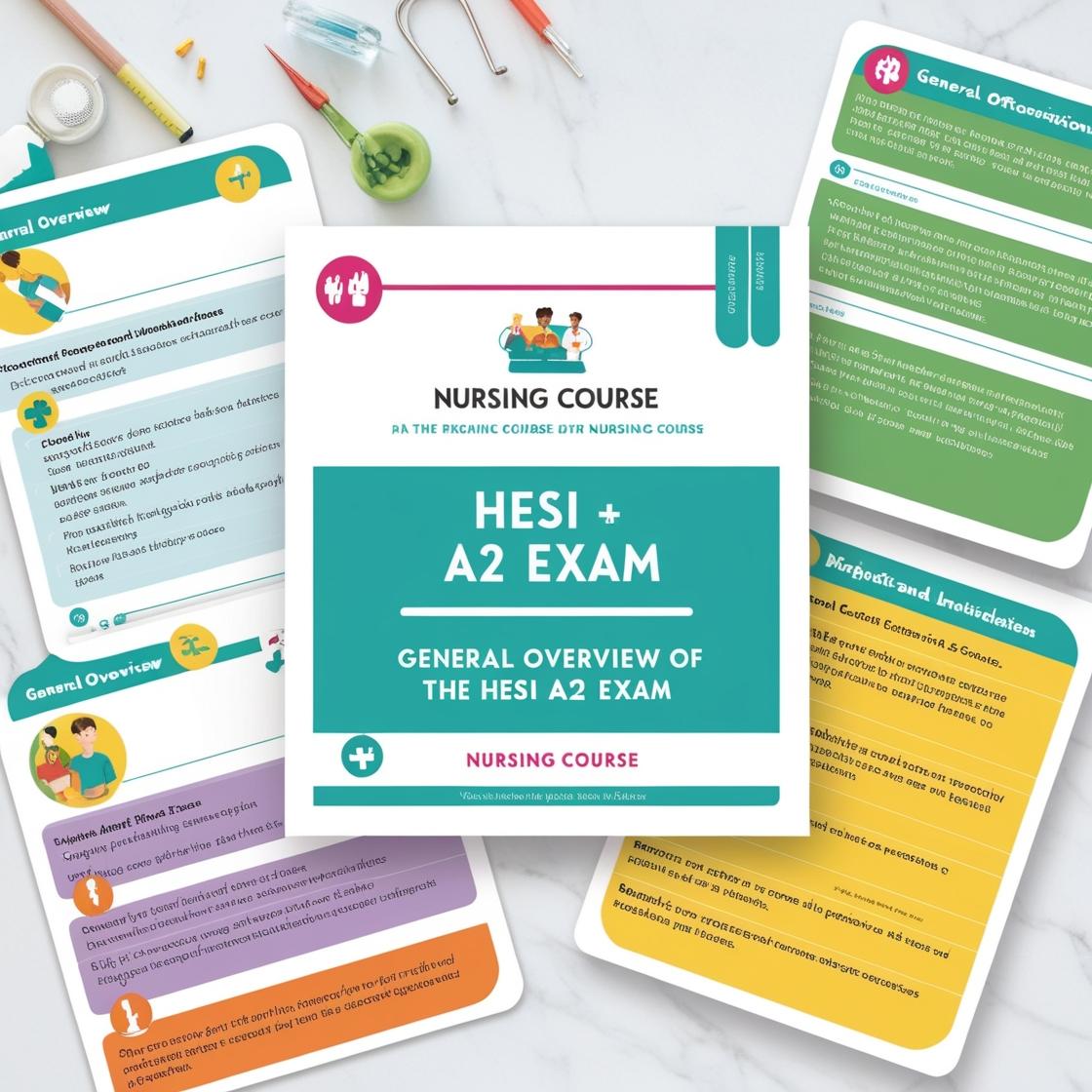HESI A2
HESI A2 Math Practice Test 2022
1. Which of the following numbers is the largest? (0.667, 0.68, 0.6, 0.0688)
- A. 0.667
- B. 0.68
- C. 0.6
- D. 0.0688
Correct answer: B
Rationale: To determine the largest number among the given decimals, compare them. 0.68 is the largest number as it is greater than 0.667, 0.6, and 0.0688. The correct answer is 0.68 because it has the highest value. The other options are smaller: 0.667 is less than 0.68, 0.6 is less than 0.68, and 0.0688 is significantly smaller than 0.68.
2. 15\25 + 42\52 = ?
- A. 1 3/10
- B. 1 1/10
- C. 1\10\2024
- D. 3\10\2024
Correct answer: A
Rationale: 15\25 + 42\52 simplifies to 1 3\10.
3. Donna has 4.2 liters of fertilizer. If each pecan tree needs 0.7 liters of fertilizer and Donna uses all the fertilizer, how many pecan trees does Donna have?
- A. 6 trees
- B. 8 trees
- C. 5 trees
- D. 4 trees
Correct answer: A
Rationale: To find the number of trees, divide the total amount of fertilizer (4.2 liters) by the amount needed for each tree (0.7 liters). 4.2 / 0.7 = 6 trees. Therefore, Donna has 6 pecan trees. Choice A is correct because the calculation is done accurately. Choices B, C, and D are incorrect as they do not reflect the correct calculation based on the given information.
4. What is the result of the expression 47/57 + 65/75?
- A. 1 23/35
- B. 2 1/3
- C. 1 2/3
- D. 1 5/6
Correct answer: A
Rationale: To add fractions, you need a common denominator. In this case, the common denominator is 57 * 75 = 4275. So, (47*75 + 65*57) / 4275 = (3525 + 3705) / 4275 = 7230 / 4275. Simplifying this fraction gives 1 23/35. Choice B: 2 1/3 is incorrect as the correct result is not a mixed number. Choice C: 1 2/3 is incorrect as it does not match the simplified result of the expression. Choice D: 1 5/6 is incorrect as it is a different value from the correct result obtained by adding the fractions.
5. A mother is planning a birthday party. She will give each child 15 balloons. There are 50 balloons per packet. How many packets does the mother need if there will be 16 children?
- A. 17
- B. 5
- C. 6
- D. 50
Correct answer: B
Rationale: To calculate the total number of balloons needed, multiply the number of children by the balloons each child will receive: 16 children * 15 balloons = 240 balloons. Since there are 50 balloons per packet, divide the total number of balloons needed by the balloons per packet: 240 balloons ÷ 50 balloons per packet = 4.8 packets. As you cannot buy a fraction of a packet, the mother will need to round up to the nearest whole number of packets, which is 5. Therefore, the correct answer is 5 packets. Choice A (17) is incorrect because it does not accurately calculate the number of packets needed. Choice C (6) is incorrect as it overestimates the number of packets required. Choice D (50) is incorrect as it does not consider the number of children and balloons per child in the calculation.
Similar Questions

Access More Features
HESI A2 Basic
$99/ 30 days
- 3,000 Questions with answers
- 30 days access @ $99
HESI A2 Premium
$149.99/ 90 days
- Actual HESI A 2 Questions
- 3,000 questions with answers
- 90 days access @ $149.99
